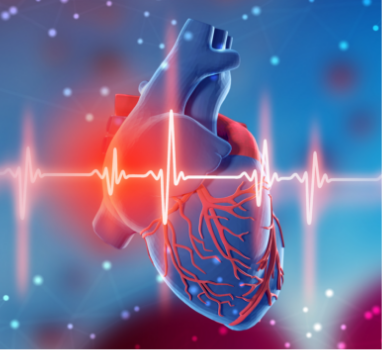
8AM-6PM For Medical Queries
Radiofrequency Ablation (RFA): Targeted Treatment for Heart Rhythm Disorders
At Subang Jaya Medical Centre's Heart, Vascular, and Thoracic Department, we offer advanced treatment options to address heart rhythm disorders and restore your heart's normal electrical activity. One of the specialised procedures we perform is Radiofrequency Ablation (RFA), a minimally invasive technique that targets and eliminates abnormal electrical pathways in the heart.
During a Radiofrequency Ablation procedure, a catheter with a specialised tip is inserted into a blood vessel, usually in your groin or wrist, and guided to the precise location in your heart where the abnormal electrical signals originate. The tip of the catheter delivers controlled radiofrequency energy to the targeted area, creating a small scar or lesion that disrupts the abnormal electrical pathway.

The key aspects of Radiofrequency Ablation include:
1. Eliminating Arrhythmia Source: RFA is highly effective in treating certain heart rhythm disorders, such as supraventricular tachycardia (SVT) and atrial flutter. By precisely targeting and ablating the abnormal electrical pathways causing the arrhythmia, RFA helps restore a normal heart rhythm.
2. Minimally Invasive Procedure: RFA is a minimally invasive alternative to open-heart surgery, reducing the need for large incisions and extensive recovery times. The procedure is performed under local anaesthesia or light sedation, ensuring comfort.
3. Improved Quality of Life: By successfully treating heart rhythm disorders, RFA can significantly improve your quality of life. It can alleviate symptoms such as palpitations, shortness of breath, dizziness, and fatigue, allowing you to engage in daily activities without limitations.

At SJMC, our experienced cardiologists and specialised electrophysiologists perform Radiofrequency Ablation procedures with precision and expertise. We utilise state-of-the-art technology, including advanced mapping systems and energy delivery techniques, to ensure optimal outcomes and patient satisfaction.'
Contact us today to schedule a consultation and experience the advantages of our Heart, Vascular, and Thoracic Department.'
